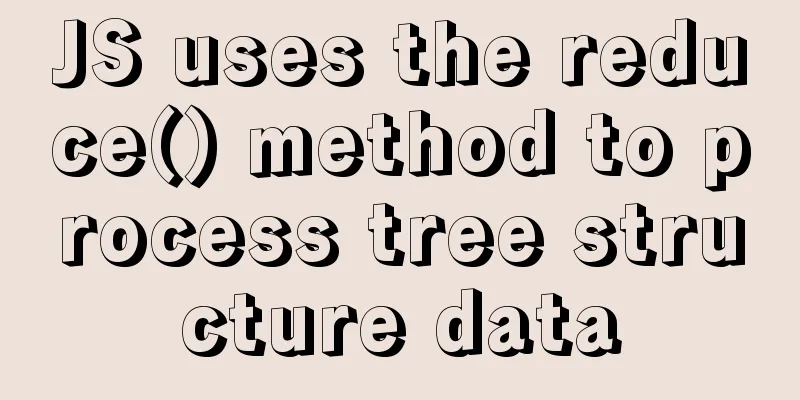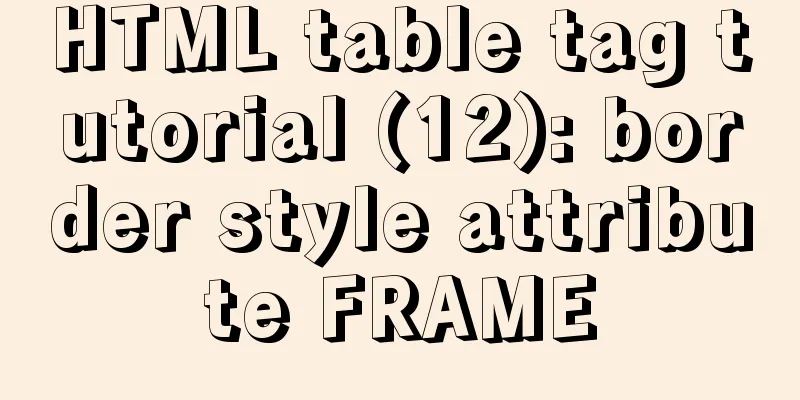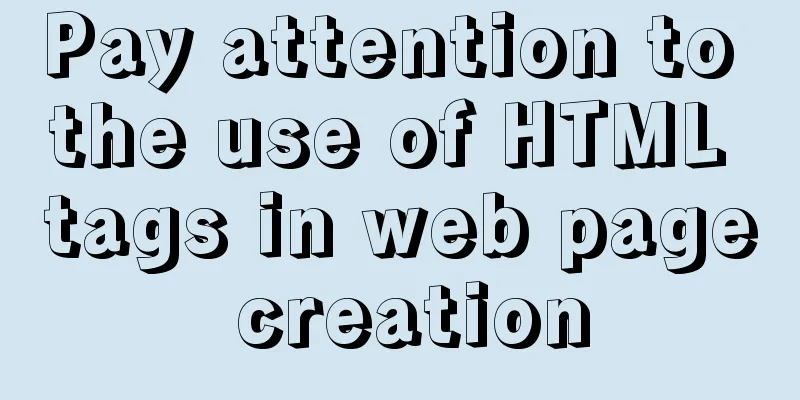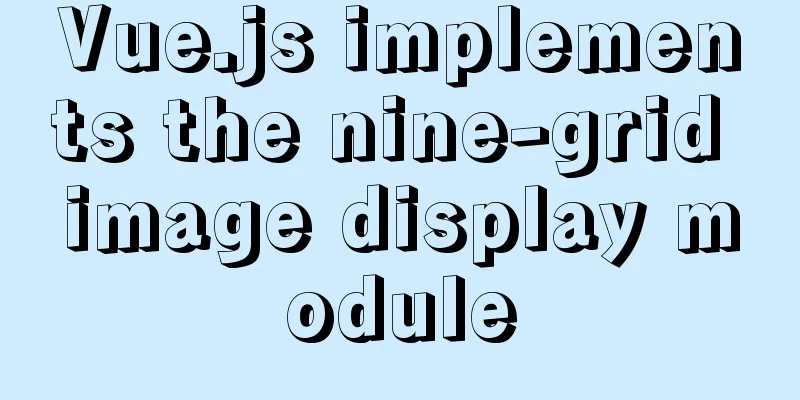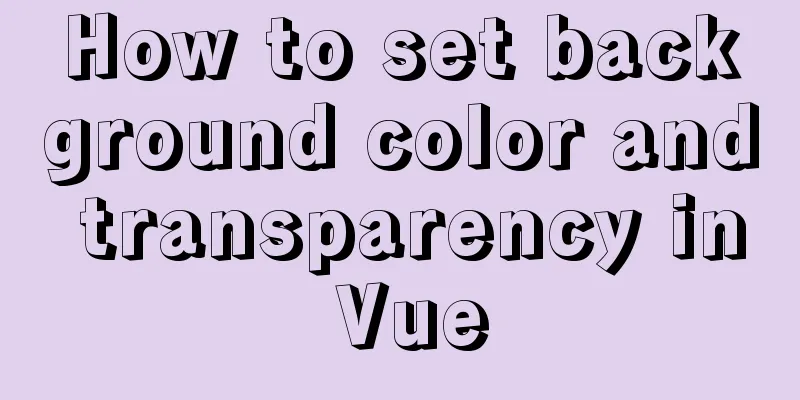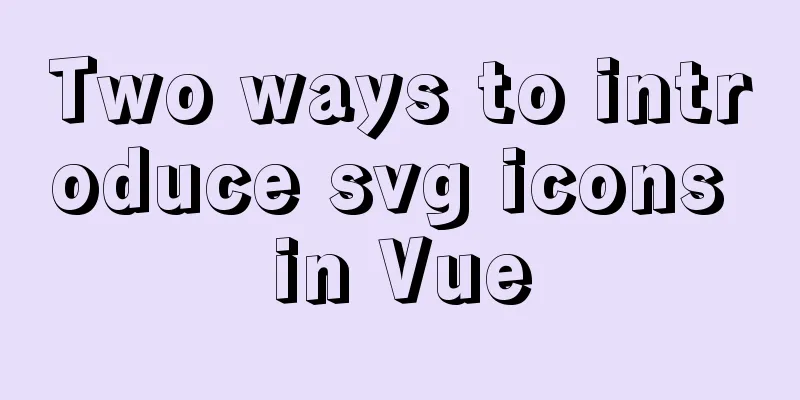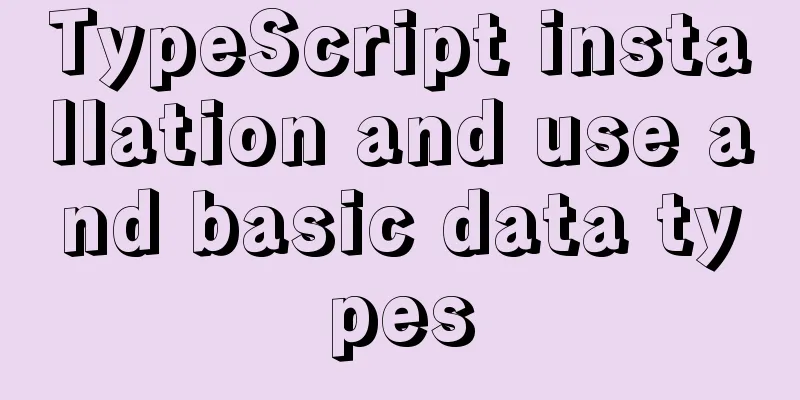How to use vue3 to build a material library
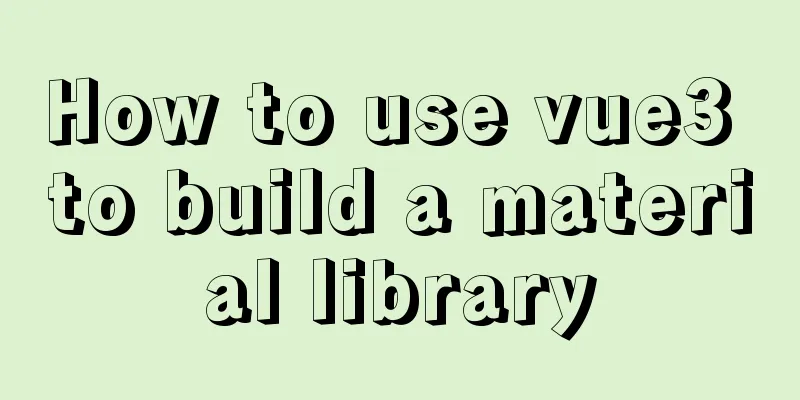
Why do we need a material library?We’ve written a lot of landing pages. Except for some background images and colors, the main layout of each login page is almost the same, with only a few types. If there is a place that can help me manage the code of the login page, then next time I write the login, I can directly generate the interface and adjust the logic. You may create a login.txt to store your login page, but as the number of code snippets you want to save increases, it becomes difficult to know the specific presentation form of the code snippet based on the file name. This brings us to the topic we want to discuss: how to manage reusable code snippets by building a material library. What is the material?
Speaking of reuse, you may ask, why not call it a component? Because materials are fundamentally different from components. Materials are just a string of code and do not have properties such as props, event, and slot. Materials can be divided into different types according to their particle size:
Type of materialTake a button as an example. For example, the button radius of the UI library is 6px, but the button required by the designer has no radius. We can complete a code snippet like this: <!-- Component level materials --> <el-button style="border-radius:0"></el-button> Save this code snippet as a component-level material so that you can quickly get this code snippet when you want to use a button without rounded corners.
Generally when developing a backend management system, most lists and tables will appear with paging. We call a code snippet that combines a table and pagination a block-level material, for example: <!-- Block level materials--> <el-table /> <el-pagination /> Similarly, if your login and registration pages have the same style in different projects, you can also use the entire page as a page-level material, for example: <!-- Page level material --> <el-input placeholder="Please enter your username"></el-input> <el-input placeholder="Please enter your password"></el-input> <el-button>Login</el-button> <a href="#" rel="external nofollow" >Forgot your password?</a> fuep, a material library based on vue3fuep is a tool that helps you manage code snippets. You can find an online trial link at the end of this article. If you have used Feibing, you will find that the concept of materials is almost the same as Feibing. The difference from Feibing is that the material carrier in fuep is not a file, but a visual layout tool. There are some disadvantages of using visual layout tools as carriers of materials: Intrusiveness, it is bound to Vue and specific UI libraries. Currently, you can only create material libraries based on element plus and vant3. However, if you are an Element Plus or Vant user, using visual layout to create materials will bring many benefits:
Below I show one of the materials. You arrange the following components in the visual layout like this:
The generated code is this;
<el-row type="flex" justify="start" align="middle">
<el-col :span="12">
Free up engineer productivity
Fuep focuses on improving the efficiency of engineers, using visual layout to quickly generate highly maintainable code. Compared with traditional visualization tools, it does not require row and col to be nested in each other.
<el-row type="flex" justify="start" align="middle">
<el-button type="primary" class="ml-4 mt-4 px-8">Live Demo</el-button>
<el-button class="ml-4 mt-4 px-8">Get Started</el-button>
</el-row>
</el-col>
<el-col :span="12">
<el-image src="https://fuss10.elemecdn.com/e/5d/4a731a90594a4af544c0c25941171jpeg.jpeg" :fit="cover" class="" fit="scale-down"></el-image>
</el-col>
</el-row>
The interface rendered by code is as follows:
Based on this material, you can make some changes to the layout or details and save it as a new material that belongs to you. If you don't know how to start, you can click the guide or introduction in the lower left corner to understand how fuep works. fuep online experience The above is the details of how to use vue3 to build a material library. For more information about vue to build a material library, please pay attention to other related articles on 123WORDPRESS.COM! You may also be interested in:
|
<<: Detailed explanation of the master-slave configuration tutorial of redis under Docker
>>: Installation process of MySQL5.7.22 on Mac
Recommend
Summary of Linux environment variable configuration methods (differences between .bash_profile and .bashrc)
Under Linux, if you download and install an appli...
VMWare15 installs Mac OS system (graphic tutorial)
Installation Environment WIN10 VMware Workstation...
CSS implements various loading effects with parsing process
HTML <div class="spinner"></di...
Implement 24+ array methods in JavaScript by hand
Table of contents 1. Traversal Class 1. forEach 2...
HTML Basic Notes (Recommended)
1. Basic structure of web page: XML/HTML CodeCopy...
Use the more, less, and cat commands in Linux to view file contents
In Linux, the commands cat, more, and less can al...
Win10+Ubuntu 20.04 LTS dual system installation (UEFI + GPT) (pictures and text, multiple pictures warning)
Win10 installation (skip if already installed) Fo...
How to make Python scripts run directly under Ubuntu
Let’s take the translation program as an example....
Some notes on mysql create routine permissions
1. If the user has the create routine permission,...
How to use JavaScript to get the most repeated characters in a string
Table of contents topic analyze Objects of use So...
Database SQL statement optimization
Why optimize: With the launch of the actual proje...
Detailed explanation of mysql.user user table in Mysql
MySQL is a multi-user managed database that can a...
How to implement the builder pattern in Javascript
Overview The builder pattern is a relatively simp...
How to deploy SpringBoot project using Docker
The development of Docker technology provides a m...
Detailed explanation of TS object spread operator and rest operator
Table of contents Overview Object rest attribute ...


